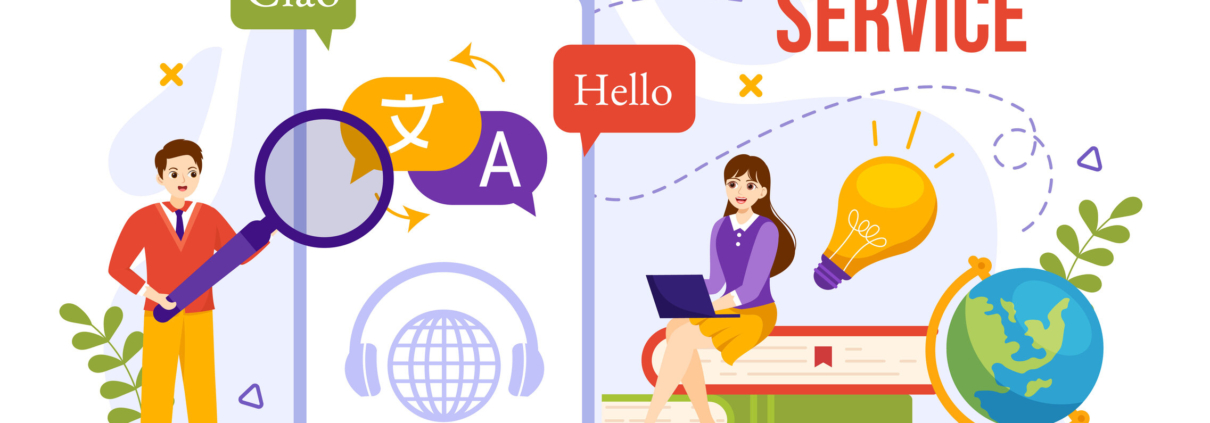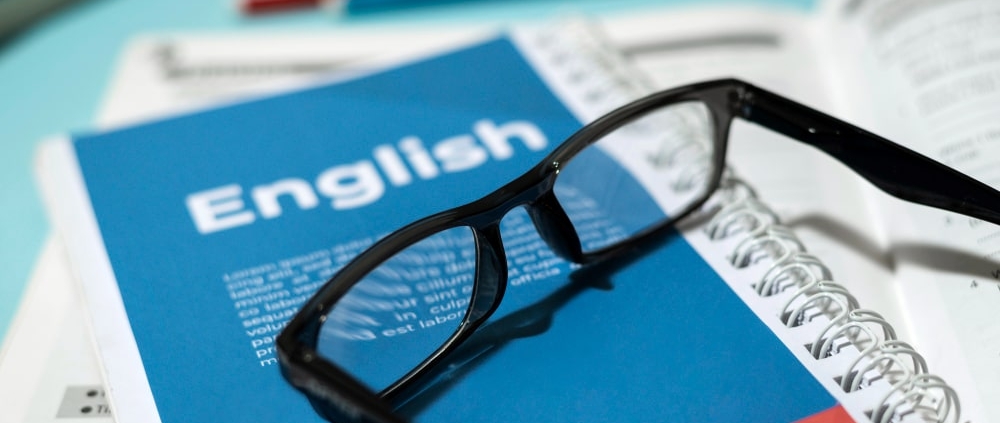The impact of AI translation on content translation and localisation
How have AI translation services affected content translation?
AI translation services have had a significant impact on content translation:
- Artificial intelligence translation is swift, which allows the fast translation of large volumes of content.
- Businesses can localise websites, product descriptions and marketing materials much more efficiently.
- Neural machine translation, which is a form of AI, has improved the accuracy of translations.
- Better understanding of context and natural language processing have enhanced translation quality.
- AI translation services reduce the reliance on human translators, which means savings on costs. Another consequence is that routine tasks can be automated, thus freeing up human translators for more complex work.
- AI chatbots and virtual assistants provide real-time multilingual support, giving clients immediate responses and enhancing the user experience.
- Advanced customisation and personalisation are the result of the way AI translation services adapt translations based on context, tone and target audience. For example, content can be easily tailored for specific regions or cultural nuances.
- However, AI translation services still face obstacles in the form of idioms, humour and cultural references, which are areas where human translators still outshine their technological counterparts by appreciating nuances and emotions.
To summarise, AI translation services have revolutionised content localisation and made worldwide communication more accessible and efficient. Nevertheless, there is still a place for human expertise because the best results are delivered when people’s skills are combined with AI translation capabilities.
How have AI translation services affected localisation?
AI translation services have made the localisation process more efficient and accessible and influenced the process in the following ways:
Efficiency and Speed AI translators can convert content into multiple languages at speed, thus streamlining the localisation process. In addition, businesses can accelerate the global launch of products and services.
Consistency Artificial intelligence translation ensures consistent terminology across translations, meaning that brands maintain a unified voice and message, which is vital for global marketing.
Cost Savings AI translation is cheaper than manual localisation, which means that companies can allocate resources more strategically.
Customisation AI translation adapts content to local preferences, cultural norms, and legal requirements. All of which makes localisation more tailored and relevant.
Multilingual SEO AI can optimise content for search engines in various languages, giving brands a broader reach via effective SEO strategies.
Challenges Contextual nuances still need human expertise; cultural sensitivity and idiomatic expressions demand the judgment of human beings.
To summarise, AI translation services improve localisation by balancing efficiency, consistency and customisation. It is nevertheless important to remember that combining AI capabilities with human insights yields optimal results.
How can AI document translation benefit scientific and technical translations?
AI document translation offers a range of advantages for scientific and technical content and can revolutionise the way complex information is handled. Here are some of the benefits that can be enjoyed by the scientific and technical fields:
- AI translation services allow for extremely fast, high-volume translations that are increasingly accurate and precise. In the scientific and technical domains, AI can accelerate the translation process.
- Consistent terminology ensures clarity in applications such as scientific papers, patents and technical manuals.
- AI translation services tools are excellent at processing extensive scientific literature, research papers and technical documentation.
- Artificial intelligence translation can be tailored to specific industries or domains, enhancing its relevance and accuracy for specialised scientific and technical content.
- AI translation reduces expenses compared to manual localisation.
- AI translation services bridge language gaps, enabling global collaboration among scientists, engineers and researchers.
- However, while AI enhances efficiency, human expertise remains crucial as intricate scientific concepts, idiomatic expressions and nuanced context require human judgment.
To summarise, AI document translation empowers scientific and technical communities by providing fast, precise and cost-effective solutions. AI translation complements human expertise, creating a synergy that advances knowledge dissemination worldwide.
About Us
At TW Languages, our scientific and technical translation services are geared unerringly towards accuracy, as a lack of clarity could have serious repercussions. Our translators are not just professional in-country translators, they’re also qualified and experienced in specialist fields.
Our scientific translation services UK team take pride in their knowledge of the nuances of local languages, making sure that technical terms are precisely translated. While we have access to the latest technological translation software, all work is carefully checked by our experienced translators to ensure the correct context and overall accuracy.
TW Languages is a multi-lingual translation and transcription service provider specialising in technical and scientific translations in up to 250 languages. Our vision is the development and extension of our services worldwide, which we can accomplish by working together as a collective.
Contact Us
Use the contact form to discover what TW Languages and its translation services UK team can do for you.
You can also contact the team at our UK-based head office by calling +44 (0)161 826 8777.
Or send an email to info@twlanguages.com











